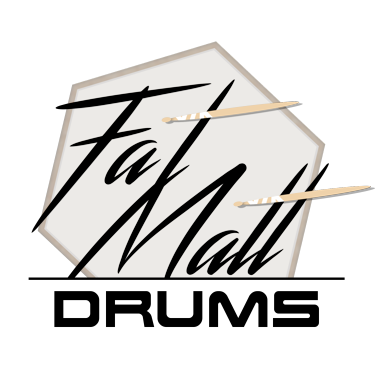The idea for the “generic quiz” comes from the work of Professor Richard Felder. It is a tool that challenges students to apply their creativity in interacting with course material to build a deeper, more comprehensive, and more personal understanding of it. It was formulated as a novel idea to improve Chemical Engineering pedagogy, but the idea has been adapted here for drumline.
Select a segment of show music that is suffering from inconsistencies. These could be inconsistencies in rhythms, heights, dynamics, playing zones, and/or sound quality. This could even be an excerpt which the section plays cleanly, but which is not properly in time or in dynamic balance with the rest of the ensemble. Identify what you see as the significant problems with how this segment of music is being executed. Then, write a short and simple exercise that targets one or more problem areas in order to expose the player-to-player and section-wide issues that contribute to poor execution. This is an exercise that you will teach to the section and which the section will use to help fix the identified problems.
Example Problem:
The battery entrance of an indoor drumline show starts with this snare drum lick that includes the first open roll that the audience will hear. The performers are achieving musically and visually, except for this triplet roll being very hit-or-miss. Write a short exercise (8–16 measures) to expose and help correct the underlying causes of dirt and inconsistency.
Approach:
Note that this roll is set up by a check pattern rhythm, but not the check pattern sticking. If this were a cold attack roll, it may very well be clean by now, but the rudimental content preceding it is exacerbating the typical tendencies on tap rolls: to be early (attack the first note early) and wide (space the second note too late). A reliable attack on the tap roll will depend on commitment to the correct triplet check rhythm as well as applying the appropriate fulcrum pressure to space the 24th notes correctly. This starts with the first diddle.
So let us think about what we would like an exercise to do:
• Focus on the attack of the first diddle. Build comfort with the first space in the tap roll.
• Focus on the spacing of the first diddle. Draw attention to the application of fulcrum.
• Apply a check pattern to build comfort and familiarity with the correct execution of the roll.
• Put the correct execution of the roll in the context of the music.
Solution:
Here is one of many possible exercises that could be written to achieve what is desired. The tight crush forces a focus on the application of fulcrum pressure and puts it at one extreme, while the simplicity of those measures will expose performers who want to attack the first crush/diddle early. The measures alternate between the check pattern sticking and the Rll sticking of the music, allowing the execution of the diddle figure to be more independent of the preceding rudimental content. After filling out the tap roll, the pattern changes in measure 7 to add the triplestroke that precedes the Rll-sticked triplet, exposing any effect that the triplestroke might have on the content downstream of it, rounding out the exercise.
Reference: Felder, R.M. (1987) On Creating Creative Engineers. Engineering Education, 77(4), 222–227


